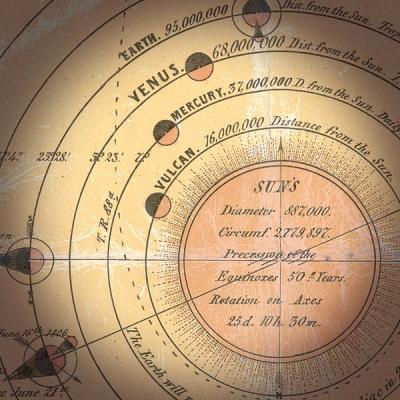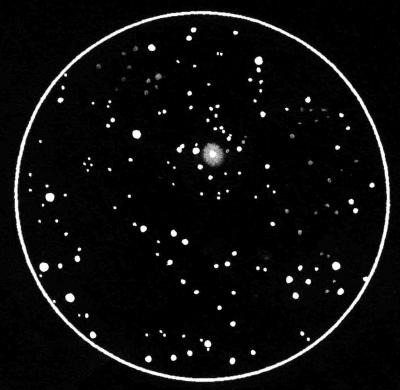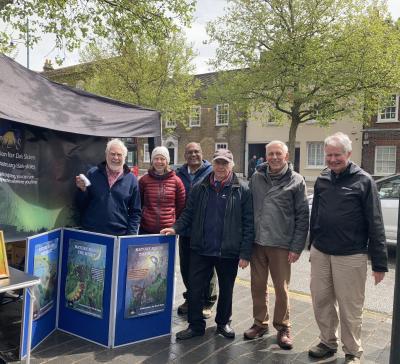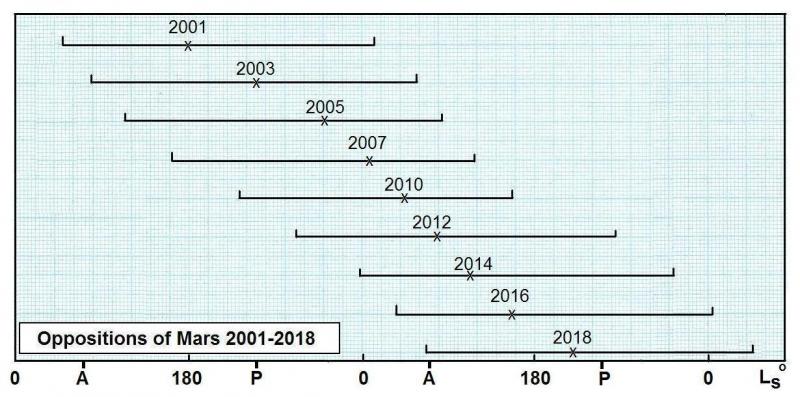Archives
BAA Ordinary Meeting, 2021 January 23 : ZOOM
This meeting was held as a webinar using Zoom and YouTube, due to the continued restrictions caused by COVID-19. Alan
Read moreNGC 6751 – an overlooked planetary nebula in Aquila
Well placed in the late-summer night sky, Aquila is the mythological eagle that carried the thunderbolts of Jupiter. One of
Read moreCfDS braves the elements
In 2020 February, the Commission for Dark Skies’ travelling display formed part of the South Downs International Dark Sky Reserve’s
Read moreReginald Lawson Waterfield (1900–1986), eclipse chaser & comet photographer extraordinaire: Part II: 1939–’86
‘Reggie’ Waterfield was the BAA’s 33rd president and its most prolific comet photographer from the 1930s to the 1980s. He was also an eclipse chaser and a leading haematologist. Part II covers the World War II era, Reggie’s fight back from a devastating illness, his BAA presidency, and the establishment of a dedicated team of comet photography assistants. The numbering of figures and references continues consecutively from those in Part I [131(3), 158–170 (2021)].
Read moreThe opposition of Mars, 2016: Part I
The opposition of 2016 May 22, during Martian Year 33, was the last in a series of aphelic approaches. There had been no obvious albedo changes since the previous opposition. The light yellow area of dust fallout on the NW side of Elysium showed an obvious opposition brightening, and there was also a brightening of the outer rim of Olympus Mons. Three of the various dust storms commenced in unusual or unique locations: in particular, a Regional one in SW Arcadia, and two around Mare Sirenum. A darkening and broadening of Mare Serpentis and a reappearance of Pandorae Fretum resulted from a Regional storm in September. There was no planet-encircling event, but just beyond the recognised seasonal limit for this phenomenon, two Regional events began in the north and expanded in the south; these occurred unusually close together in time. Part II will discuss meteorological aspects and the behaviour of the polar regions.
Read more




